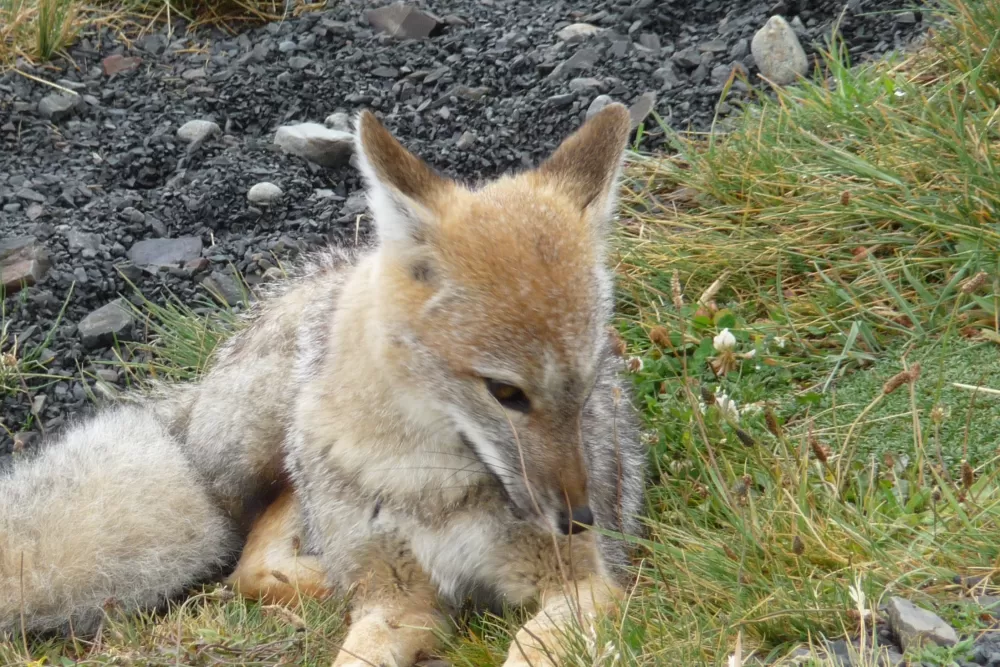Patagonia Tour, End of the World

It’s February school vacation week, and most of our friends have been indulging in pedicures and manicures for trips to the Caribbean and Florida. Though we are not glamorous, we are happy, happy, happy because we are going to tour Patagonia today.
All Photos
Photo Album
Taking off for Patagonia
Feb 09, 2009

- Photos (14)
- Pam Thomas
- Argentina, Chile, Kayaking, Traveler Stories, Cultural Immersion, Horseback Riding, Camping, Fishing, Expedition Cruises, Trekking & Hiking, Wildlife Watching, Light Hiking
- Taking off for Patagonia
- Animal lover goes vegetarian
- Can we get a Ushuaia Yacht Club tshirt?
- One of the most beautiful days of my life!
- Glaciers really ARE blue
- 100,000 penguins!
- Settling into our eco-dome -- brrrr!
- Condors and guanacos and foxes, oh wow
- A sunny trek among the guanacos
- A sunset horseback ride on the estancia
- The fine art of glacier walking
- Warming up to Buenos Aires
- In Recoleta, artisans and an over-the-top cemetery




















